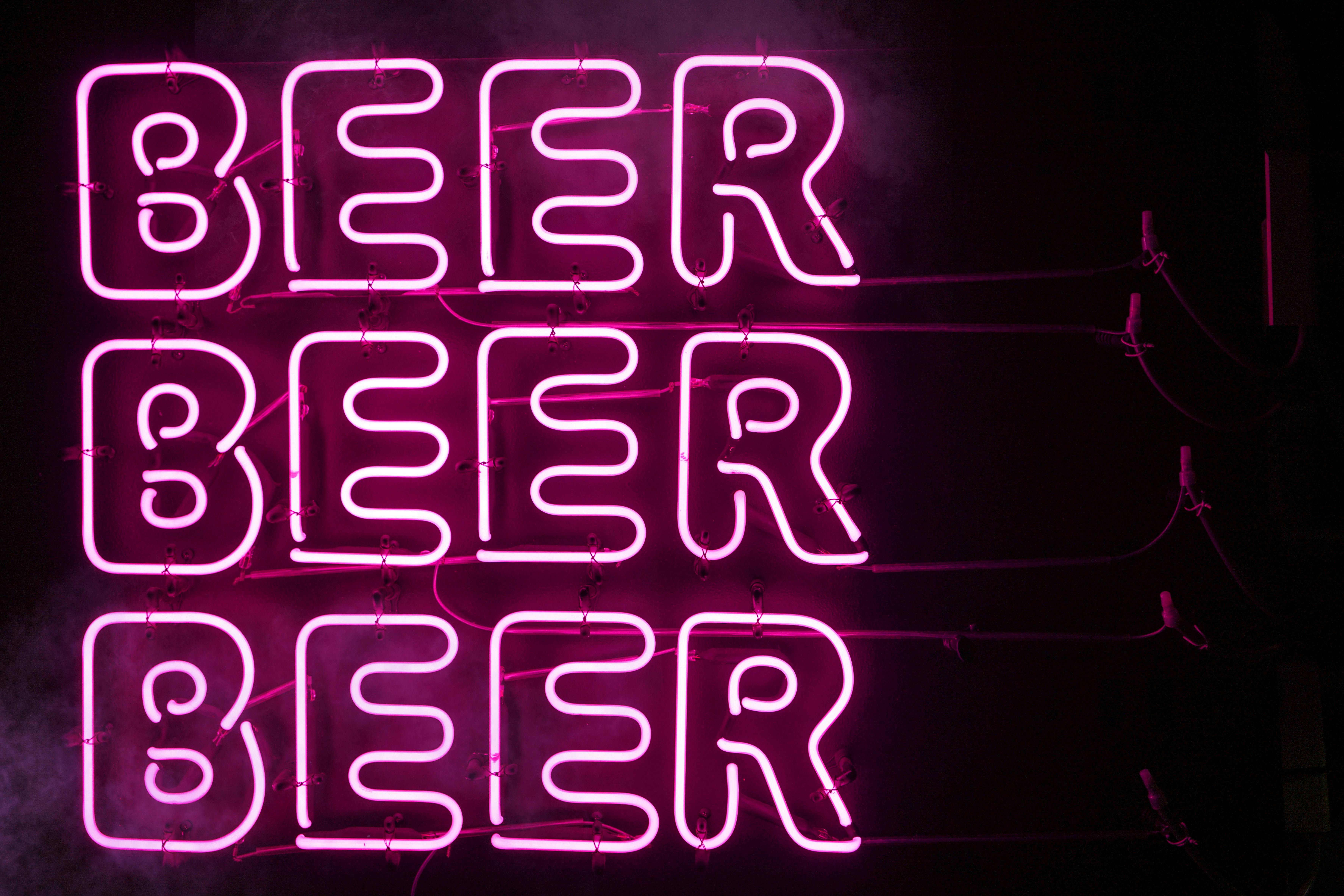An alcohol distiller is a device used to separate ethanol from other compounds, most commonly water. The process of distillation involves heating a liquid mixture to the point at which one or more components will vaporize. The vaporized molecules are then collected and cooled back into liquid form. Through this process, the desired component may be separated from the remaining mixture, resulting in a more concentrated form of alcohol. In this article, we will discuss how an alcohol distiller works and what types of equipment are used for this purpose.An alcohol distiller is a device used to produce distilled alcoholic beverages such as whiskey, vodka, and rum. It works by heating a fermented mixture of grains, fruits, or vegetables (known as the “wash”) to create steam. The steam then passes through a condenser where it cools and liquefies, leaving behind the solid material known as “the spent grain.” The liquid is then collected in a separate container and can be consumed directly or further processed into other alcoholic drinks.
How Does An Alcohol Distiller Work?
An alcohol distiller is a device used to produce high-proof ethanol, usually for consumption as a beverage. The distillation process works by boiling the liquid and separating out the various components based on their different boiling points. The vapors containing the ethanol are then collected and condensed back into a liquid form. This process is repeated until the desired concentration of alcohol is achieved.
The main components of an alcohol distiller include a heating source, such as a stove or hot plate; an enclosed vessel, such as a pot or carboy; and some type of condensing apparatus, such as a coil of copper tubing or an air-cooled condenser. The heating source boils the liquid and evaporates the ethanol along with other compounds, depending on what type of liquid is being distilled.
The vapors travel up through the coil of tubing or air-cooled condenser where they are cooled and condensed back into liquid form. This condensed liquid, which now contains a higher concentration of ethanol than before, is then collected in another container. The process can be repeated multiple times to increase the alcohol content further if desired.
Step 1: Collecting the Alcohol
The first step of alcohol distillation is to collect the alcohol. This is done by either using beer, wine, or other fermented beverages, or by using a mash of grains and sugar. The collected alcohol will then be put into the still for distillation.
Step 2: Heating the Alcohol
The second step of alcohol distillation is to heat the alcohol. This can be done in a number of ways including using a direct flame, steam, or hot water. During this process, the temperature must be controlled in order to ensure that only the volatile components of the alcohol are vaporized and not destroyed by excessive heat.
Step 3: Separating and Collecting the Fractions
Once the alcohol has been heated, it will begin to boil off into fractions of different concentrations. These fractions are then collected in separate containers in order to obtain different levels of purity and concentration. Generally, lighter fractions will come off first followed by heavier ones.
Step 4Types of Alcohol Distillers
Alcohol distillation is a process used to separate and purify liquids through evaporation and condensation. Distillation is the process used to make many types of alcoholic beverages, including whiskey, gin, vodka, rum and tequila. There are several different types of alcohol distillers used in the production of these alcoholic beverages. The most common types are column stills, pot stills, hybrid stills and fractional distillation.
Column stills are typically tall and cylindrical in shape and use a series of stacked plates to separate the alcohol from other compounds in the liquid mixture. The plates increase the amount of surface area exposed to heat and also helps concentrate the alcohol vapors for collection. Column stills can be used for both potable spirits as well as industrial alcohol production.
Pot stills are usually large copper vessels with a domed lid that uses direct heat to boil off the liquid mixture inside it. This method is slower than column stills but allows for more control over the flavor profile of the final product. Pot stills are typically used for whiskeys, brandys and other higher proof spirits that require
The Process of Distillation
Distillation is a process used to separate components of a liquid mixture, based on their different boiling points. It is a very common technique used in many industries, such as pharmaceuticals, petrochemicals, food production and environmental engineering. The basic principle behind distillation is that different compounds have different boiling points. By heating up the liquid mixture to its boiling point, the components can be separated by boiling off the component with the lowest boiling point first.
The first step in the distillation process is to heat up the liquid mixture until it reaches its boiling point. This can be done using a variety of methods, such as using a hot plate, steam bath or an electric heater. Once the mixture reaches its boiling point, it will begin to vaporize and separate into its component parts. The vaporized components will then travel through a condensing system where they will be cooled and condensed back into liquid form.
Once the vaporized components have been condensed back into liquid form, they can then be collected separately for further processing or analysis. Depending on the type of distillation being used, different types of collection methods may be utilized such as

Alcohol Distiller Components
An alcohol distiller is an important piece of equipment used to produce high quality spirits and alcoholic beverages. The most common components of an alcohol distiller include a still, a condenser, and a collection container. The still is the main component of the distiller, which is used to heat and vaporize the liquid to be distilled. The condenser is then used to cool the vapor so that it can be condensed back into liquid form. Finally, the collection container captures the distilled liquid for further processing or bottling.
The still is typically made from stainless steel or copper and contains a heating source, such as gas or electricity, as well as a fan to assist with cooling. It also typically contains temperature gauges, pressure gauges and valves to regulate the flow of steam and vapors during distillation. The condenser usually consists of a set of metal plates or tubes that are cooled by water or fans in order to convert the vapor back into liquid form. The collection container can vary depending on the type of spirit being produced; for example, whiskey may be collected in barrels while vodka may be collected in large tanks.
In addition
What Are the Benefits of Using An Alcohol Distiller?
An alcohol distiller offers many benefits over traditional methods of producing alcoholic beverages. It allows for a much higher degree of control over the fermentation process, resulting in a more consistent product. Additionally, its ability to achieve high levels of purity makes it ideal for producing premium craft spirits.
The most obvious benefit of using an alcohol distiller is its ease of use. Unlike other methods, it requires minimal effort and time to produce a batch of alcohol. This makes it a great choice for novice distillers who want to explore the art and science of distillation without having to invest too much time and resources. Additionally, because it is so easy to use, even experienced distillers can benefit from its convenience.
Another advantage is the higher level of control that an alcohol distiller provides when compared to traditional methods. By carefully controlling the temperature and pressure used during the fermentation process, you can create drinks with precise flavor profiles and levels of body and aroma. This level of control allows you to tailor your spirit to your tastes or create unique flavor combinations that would otherwise be impossible
Maintaining An Alcohol Distiller
Maintaining an alcohol distiller is not a difficult task. However, it does require some attention and care in order for it to operate correctly and safely. Below are some tips on how to maintain your alcohol distiller:
First, always make sure that the distiller is properly sealed and secured. Any gaps or cracks can lead to spills and other accidents. Inspect the seal regularly, as well as any other parts that may be exposed to moisture such as the condenser or evaporator.
Second, clean the parts of the distiller regularly. This includes the condenser, evaporator, and other pieces that can accumulate dust or debris over time. If these are not cleaned regularly, they can become clogged and cause your distiller to not work correctly.
Third, check the level of liquid inside your distiller from time to time. If it is too low then you should add more water or other liquid as necessary. Additionally, check for any leaks or signs of corrosion which could indicate a problem with your distiller

Conclusion
An alcohol distiller is a specialized piece of equipment that can be used to create high-proof spirits such as vodka and gin. The distillation process involves boiling the alcoholic liquid and then collecting the distilled vapor that comes off. This vapor is then cooled, condensed, and collected in a container. The end result is a purer spirit with a higher alcohol content than what was put into the distiller at the start of the process.
Overall, an alcohol distiller can be an indispensable tool for those who want to make their own alcoholic beverages at home. By understanding how an alcohol distiller works, individuals can have greater control over their homemade spirits, as well as ensure that they are consuming a safe product.
With careful operation and maintenance, an alcohol distiller can provide many years of reliable service in producing quality alcoholic beverages for personal use.

